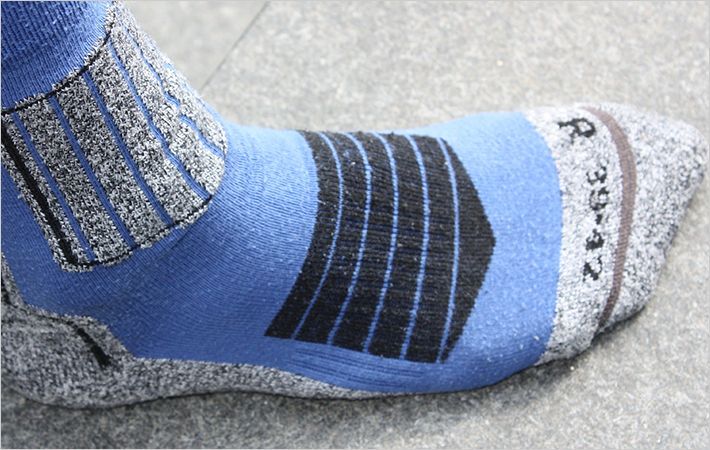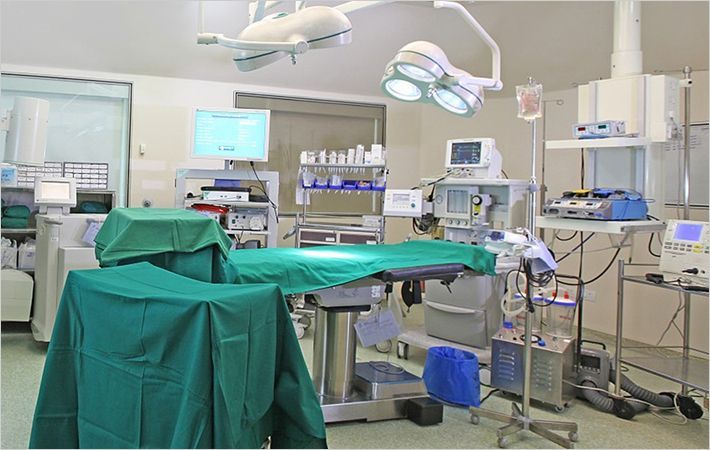Pepin Associates has developed a co-woven fabric which includes both an aligned, discontinuous fiber reinforcement and a continuous thermoplastic fiber as a version of its patented DiscoTex reinforcement fabric. The fibrous thermoplastic serves as the matrix precursor for the composite, allowing preforms to be easily formed and later consolidated with additional heat and pressure in one final step.
“There is growing interest in thermoplastics in the aerospace and the automotive industries, among others. This is due to how rapidly parts may be formed with thermoplastics, as well as the recyclability of these composite materials. DiscoTex-reinforced thermoplastics make it possible for even more complex parts to be formed than is practical with continuous fiber reinforcements”, said John Pepin, President of Pepin Associates.Pepin Associates has developed a co-woven fabric which includes both an aligned, discontinuous fiber reinforcement and a continuous thermoplastic fiber as a version of its patented DiscoTex #
As shown in photo No 2, parts with deep curvatures and can be formed using fabric and a heat source. The preform shown on the left was made by one technician locally heating the fabric to the melting point of the thermoplastic, and pressing it into a female mold. The DiscoTex fabric stretched in the direction of reinforcement after being heated, avoiding the need to cut or dart material, thus saving time and material. This three-ply part was preformed in 30 minutes by one technician in an R&D setting. Matched metal tooling and production level assembly could reduce the time to preform to just a few minutes.
Aviation manufacturers have begun using fiber-reinforced thermoplastics in greater volumes in recent years as larger aircraft are developed and weight savings are sought. The high strength and stiffness of many aviation-friendly thermoplastic composites using matrices such as PPS, PEI and PEEK has made these popular for use with aviation structures. Parts such as this pre-formed AS4 / PA6 sine wave spar (photo No 4) can be formed with plies of fabric uncut and undarted in layup.
“While there is in plane tensile strength knockdown with DiscoTex, the modulus is close to the continuous filament baseline. Also, in plane shear and pin bearing strength are equivalent to the continuous baseline. So for parts whose designs are stiffness driven DiscoTex offers a significant improvement in manufacturability at very little performance loss. The integral sinewave web-to-flange connection of the DiscoTexsinewave spar should also be stronger than bonded designs., Pepin stated.
“We're pleased with the quality of the parts we've been able to form with thermoplastic DiscoTex”, said John Pepin. “The material can be manufactured quickly, parts can be easily formed, and as a thermoplastic they may be reused for secondary purposes. For example, a thermoplastic automotive structural part might be down-cycled to become a high-impact plastic case for an electronic device, and that might eventually be re-used as a plant pot or other simple container. The chemical nature of thermoplastics allows for such re-use”, Pepin added.
Pepin Associates

